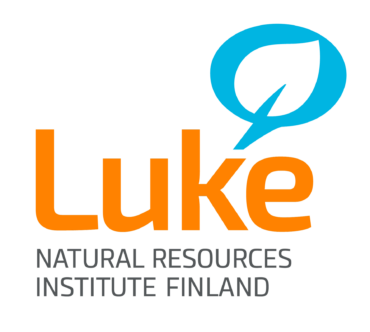


Sustainable management of forests Southern Savo – tools from research
Forest management is increasingly affected by ever-changing and intensified challenges and risks in both the habitat and socioeconomic environment. The most significant of these are changes in the growing environment caused by climate change and risks to forest vitality and growth capacity, increased demand for wood use while imports of wood from Russia have ceased, the need to strengthen forest carbon sequestration and reduced biodiversity. The effects of these big changes are highlighted in Southern Savo, where forests are more important to well-being than the average in Finland.
The project supports forest sector operators in Southern Savo to develop sustainable forest utilisation methods and operating models for the needs of the region.
Objectives and effectiveness of the project
The main objectives of the project are:
- Identify the most suitable overall sustainable processing methods for forests in South Savo that can ensure the sustainability of wood and bioenergy production and other forest-based business operations in a profitable and cost-effective manner, increase the vitality, diversity and resilience to destruction of forests, and promote forest carbon sequestration
2. Promotes the research-based development of the forestry industry in Southern Savo and the overall sustainable use of forests through higher, vocational and continuing education
3. Utilizes and develops innovation platforms and national educational environments in the region
The project utilises neutral research data expertly and implements research data, solution models and tailored decision support concretely to support business activities utilising forests in a diverse manner in cooperation with actors in the region.
Implementation
The project is divided into four work packages:
- Effects of forest management options on forests in Southern Savo and the impact of different actions on the overall sustainable use of forests (Luke, Xamk, Samiedu & stakeholders)
- Identification of future needs and most feasible operating models (Xamk, Samiedu, Luke & stakeholders)
- Tailoring data implementation methods to different actors (Luke, Xamk and Samiedu)
- Implementing the most feasible operating models (Xamk, Samiedu, Luke & stakeholders)
Results
As a result of the project, a deeper understanding of the overall sustainable use of forests by target groups (forest bioeconomy) and its foundations, and a systemic development of forest bioeconomy research communication. Together with partners, the whole will be built into an ecosystem that gathers the overall view of the use of natural resources and conveys information. In quantitative terms, meaning can be measured through joint training, information and the number of joint projects in practice.
Facts
Sustainable management of forests in Southern Savo – tools from research
Info
Budget
Keywords
Project partners










